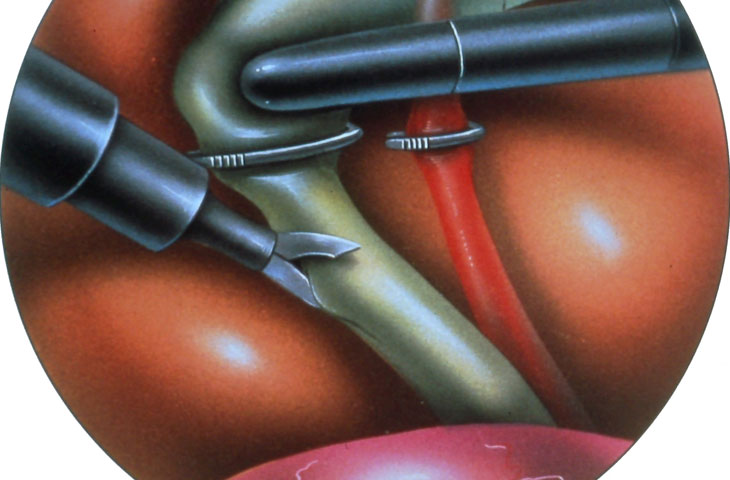- Home
- About Dr.
- Services
- Liver Surgery
- Liver Transplant
- Spleen Surgery
- Pancreas Surgery
- Bile Duct Surgery
- Gall Bladder Stone
- Laparoscopic CBD Exploration
- Appendix Surgery
- Hernia Repair
- Diagnostic Laparoscopy
- Laparoscopic Adhesiolysis
- Laparoscopic Ventral Hernia Repair
- Surgery for Acidity
- Heller’s Cardiomyotomy
- VATS Thoracoscopy
- Laparoscopic Intra-abdominal Cyst Surgeries
- Laparoscopic Intra-abdominal Solid Organ Surgeries
- Advanced GI Surgeries
- Laparoscopic Bariatric Surgery
- Obesity
- Patient Education
- Photo Gallery
- News & Media
- Video Gallery
- Contact
-
CKS Hospital: Mon-sat (10AM to 05PM)
Residence: Mon-sat (6pm to 7pm) -
CALL US
8824736742

